Electric ignition of a gas stove: features and types

Using a gas stove, one often has to deal with the problem of having matches in the house or the serviceability of an ignition device purchased specifically for convenience. To save users from such difficulties, an electric ignition was invented, which allows you to light a gas burner by pressing one button. To choose a stove with such a system, you need to know the features of its operation, advantages and disadvantages.
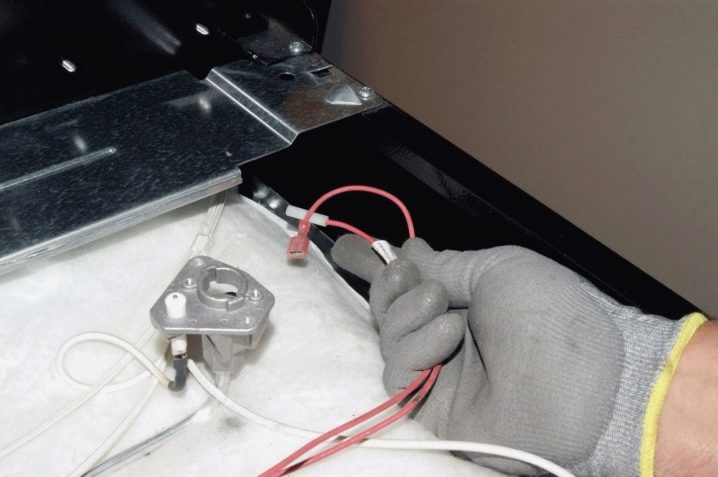
What it is?
The electric ignition of a gas stove is a convenient innovation that can be seen on most modern stoves. Outwardly, this is a regular button that is located on the front panel, near the knobs that turn the burners on and off. Its task is to ignite the burners without using additional means in the form of matches, electric or gas lighters. Electric ignition can be of two types.
- Automatic. The essence of the auto-ignition is that by means of special piezoelectric elements, the burner is ignited when the corresponding knob is turned.
- Mechanical. In the mechanical version, a button is used, which triggers the same reaction.
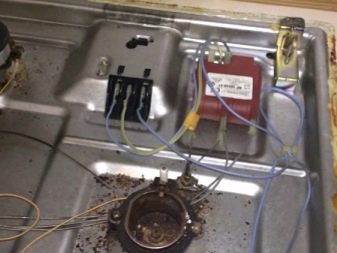
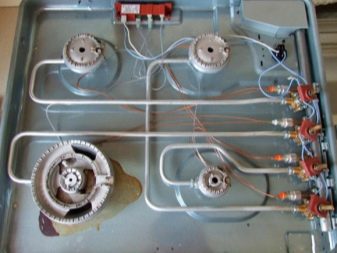
In order to understand well the essence of what is happening, it is necessary to understand the intricacies of the principle of operation of electric ignition, which will look like this:
- pressing the button causes a reaction in the form of a voltage that is applied to the capacitor region;
- next includes charging the capacitor;
- the next action will be to increase the level on the thyristor;
- upon reaching the desired limit, the process of discharging the capacitor starts;
- at the output, you can observe the voltage that triggers the arrester;
- the spark that is obtained as a result will be the factor that makes it possible to ignite the burner.

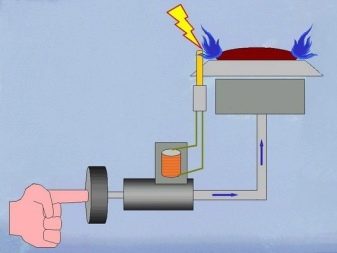
All stages take place instantly, so you can turn on the stove in just 1-2 seconds. The peculiarity of modern stoves is that the voltage is applied to the burner that turns on. Whereas in the old versions, the discharge went to all the burners, and the one to which the gas was accessible was turned on. A purely gas stove cannot have a mechanical electric ignition, since it is powered by electricity, so modern kidneys have a cord at the back that must be plugged into an outlet to create conditions for using the corresponding function. The presence of such an assistant seems like a blessing, but each device always has its own advantages and disadvantages.
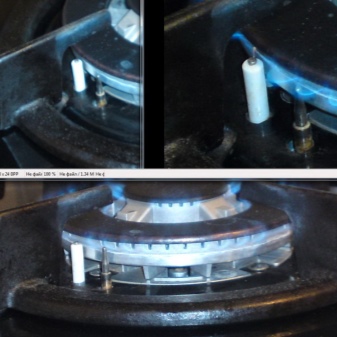
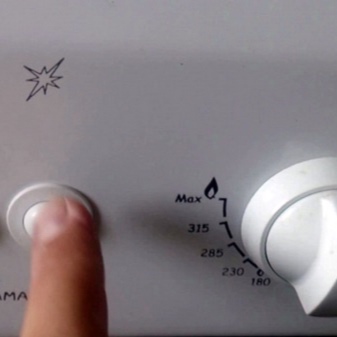
Advantages and disadvantages
The use of gas stoves without auto-ignition has been the norm for a long time, so not everyone reacted with approval and confidence to the appearance of an additional function, which makes it possible to bring the stove into working condition many times faster and more comfortably. To justify the convenience of such an innovation, it is worth mentioning its undeniable advantages, which include the following:
- no need to buy matches or lighters, with which you previously had to set fire to the burners, which increases the comfort of use and speeds up the cooking process;
- automatic mode of operation of the device makes it possible to avoid burns during ignition, since there is no need to keep your hand near the burner;
- when using electric stoves in the past and switching to a gas appliance, the presence of electric ignition will significantly speed up the process of getting used to new equipment in the kitchen.

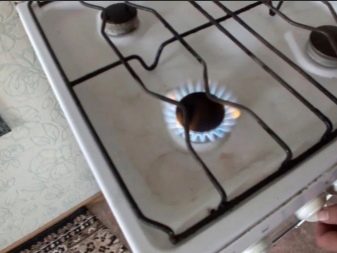
There are quite a few advantages to decide on the purchase of a new gas stove, which will have a built-in electric ignition. However, the negative aspects should also be discussed right away. The disadvantages include the following:
- the need for power supply, through which the operation of the device is ensured; when the electricity is turned off, the auto-ignition will not work;
- the risk of using the stove by young children who can see the process of turning it on; if the matches or lighter can be removed higher so that the child is missing, then the button cannot be removed from the panel, in this case it is worth turning on the household appliance so that the child does not see all the processes or is generally distracted by something.

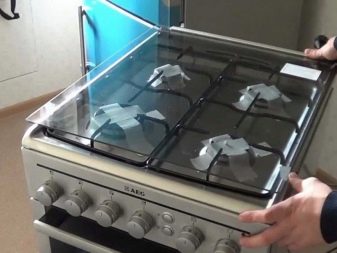
Important! The presence or absence of electric ignition does not change the essence of the gas stove operation. It only makes its use more convenient and faster, which is important for modern housewives.
Types and their characteristics
Since gas stoves can be mechanically and automatically ignited, it is worth considering each of the options in more detail to help in choosing the right new household appliance. Inside, the stove is complemented by the following new elements, which make it possible to quickly receive a flame:
- resistor;
- high voltage transformer;
- capacitor;
- diodes.
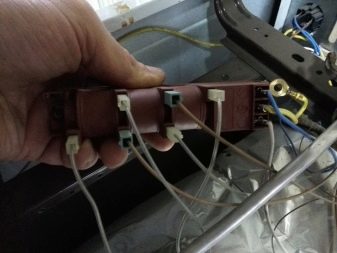
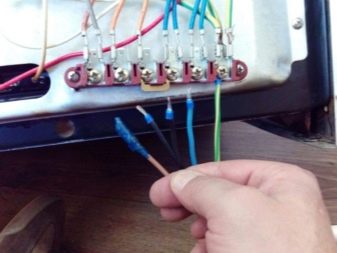
Mechanical electric ignition has the following scheme of operation:
- there is a button on the front panel that must be pressed to turn on the hotplate; its work is provided with the help of electricity, which supplies a spark to a certain burner;
- there are two types of transformers that ensure the operation of the transformer, they can have 4 and 6 contacts; if the first option is installed on the stove, then the spark is supplied only to the burners, if the second - also to the oven;
- after pressing the button, the capacitor starts charging using the rectified voltage;
- farads increase, due to which the charge accumulates, and the voltage of the control thyristor also increases;
- as soon as the peak of the parameters in volts is reached, the process of discharging the capacitor begins;
- the primary winding is warming up on the transformer;
- at the exit point, the voltage increases, which provokes the operation of the arrester;
- a spark is supplied, which ignites the stove.
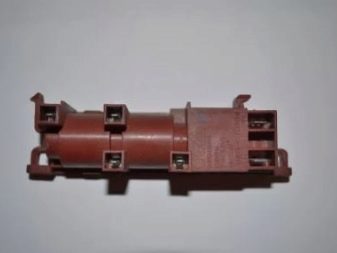

Automatic autoignition differs from the mechanical process of operation and the method of generating a spark, since it does not require the use of an additional ignition button. The scheme of its work is as follows:
- the process of generating a spark consists in recessing the rotary knob for a particular burner and gas supply;
- as a result of such actions, the ignition plug closes, which gives a spark to the electrodes located near the burner.
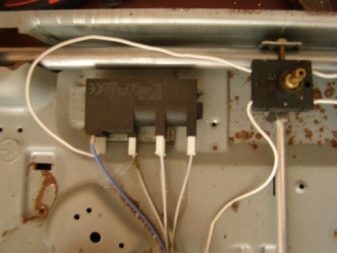

The ignition unit of the mechanical version assumes a special piezoelectric element, therefore it can also be called piezo ignition. High-quality work will be ensured through the correct operation of the device, as well as taking all necessary preventive measures and eliminating any problems as soon as they appear. The most common problem is a lack of spark or abnormal noise when a button is pressed. To avoid possible breakdowns, you can choose a stove with automatic ignition, which only works with rotary knobs. This type of ignition assumes the simultaneous supply of spark and gas, which further accelerates the ignition process of the burner.

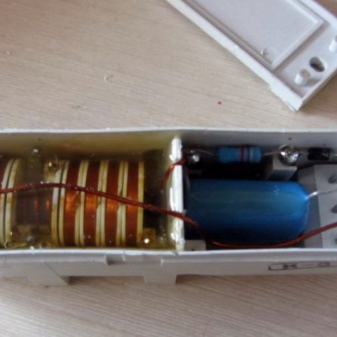
The spark in automatic ignition has a multiple structure. To check if there is a spark, you just need to press the handle and, after clicks, turn it, opening the gas. Gas stoves are rarely equipped with this type of ignition, most often it is used in hobs, sometimes it can be found in an oven device. Since the maintenance of the auto-ignition is due to electronic elements that become unusable over time, they will need to be replaced.In addition, there are a number of breakdowns and problems that may be encountered by those who have purchased a gas stove with electric ignition.
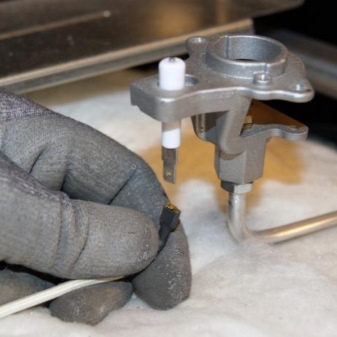
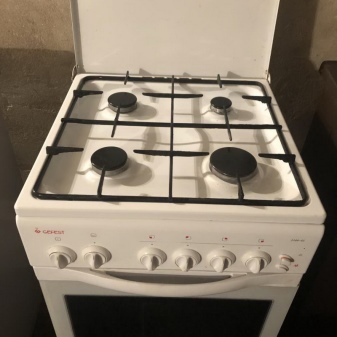
Possible malfunctions
In view of the fact that equipment begins to fail from prolonged use, you need to know what to look for in order to quickly deal with breakdowns. If we are talking about electric ignition, then signs of a malfunction may be as follows:
- lack of response after pressing the ignition button or the knob of the burner after using it;
- auto-ignition is fully operational and triggers on touch and clicks constantly, while not giving the necessary spark to ignite the burner;
- continuation of the auto-ignition operation even after the contact with the button or the switch handle has ceased;
- the appliance starts to operate independently without pressing a button or knob.

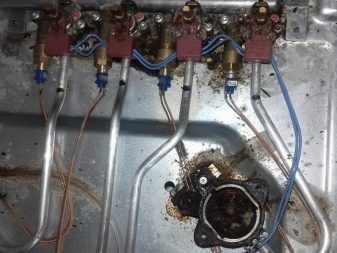
If the electric ignition stops working, there are a number of reasons for this:
- lack of contact with the electrode, which ultimately does not give a spark;
- the presence of any type of contamination or moisture that gets on the inside of the system or sparks;
- violation of the integrity of the ceramic shell of the candle in the form of a crack on it or its complete destruction;
- the transformer has burned out, therefore, a spark is not generated;
- the contacts of the auto-ignition button have oxidized;
- the appearance of carbon deposits on the contacts due to a short circuit.
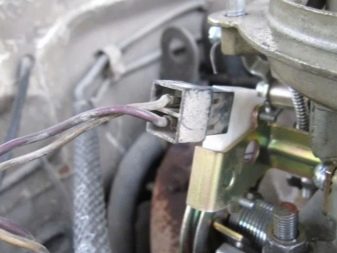
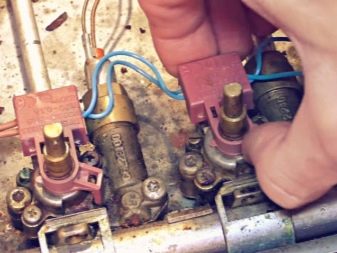
To understand the cause of the problem and find out why the stove ignites poorly or the process does not occur at all, it is necessary to make a complete inspection of the device. As soon as the problem is identified, if you have knowledge and experience, you can solve it yourself or call the wizard as soon as the device malfunctions are detected. The most likely causes of breakage include the following:
- charger malfunction;
- malfunctions in a device that is powered by electricity;
- arrester problems.
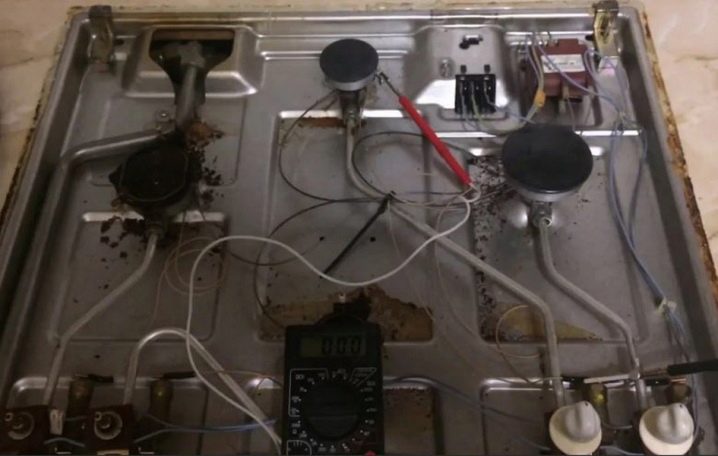
Charger malfunctions can begin after soda, vein or detergents get on it. You can cope with the situation without outside help, which requires sandpaper, which is used to clean the charger, and then leave it to dry completely. If such actions did not lead to the desired result, you should seek qualified help. If there is a problem with a device that is powered by high-voltage charging, that is, a transformer that is located inside the stove, then it makes no sense to repair it, you need to buy a new part and replace the damaged one. Such replacement blocks can be universal, they are suitable for any stove, and there are those that are made specifically for a specific brand of household appliances.
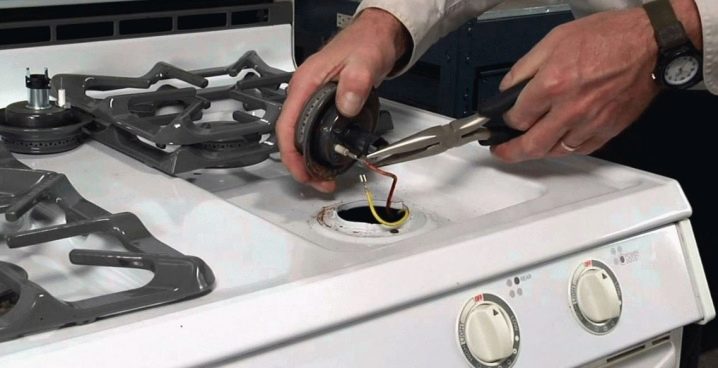
If the arrester is damaged, then the spark is formed not only inside the structure, but also reaches the surface to the burners. In this case, you should not do the repair yourself, since the problem can be serious and only a knowledgeable person can solve it. If there is a spark on the device, and the stove cannot be ignited, you should pay attention to such possible reasons as:
- violation of the integrity of the case, due to which the spark will go in an irregular direction and not fall into the area of electric ignition; if the charger deteriorates, it cannot be repaired, the part will need to be replaced with a new one;
- too high gas pressure, which interferes with the stable operation of the ignition - in order to cope with such a situation, it is necessary to adjust the parameters of the gas supply so that they are optimal for the full operation of the device and its comfortable use;
- checking the condition of the nozzle - a malfunction of any elements can lead to problems with the ignition, so you need to check if there are any grease, moisture or dirt on the parts; a simple wire can be used to clean the torch and fix the problem.
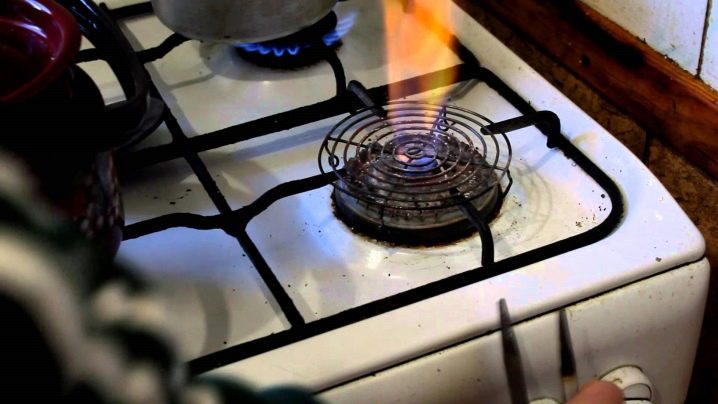
To understand whether the burner itself is working correctly, you need to set it on fire and look at it. The flame after ignition should have a purple color, but if it is yellow or orange, then there are some deviations. Another important point is the correct distribution of fire, which must be uniform and have the same height. If there is fire on one side, but not on the other, or the height is not the same, it is worth checking the correct installation of the divider. In addition, the reason may be the incorrect installation of the stove itself, which was placed on an uneven floor, as a result of which the operation of the device is malfunctioning.
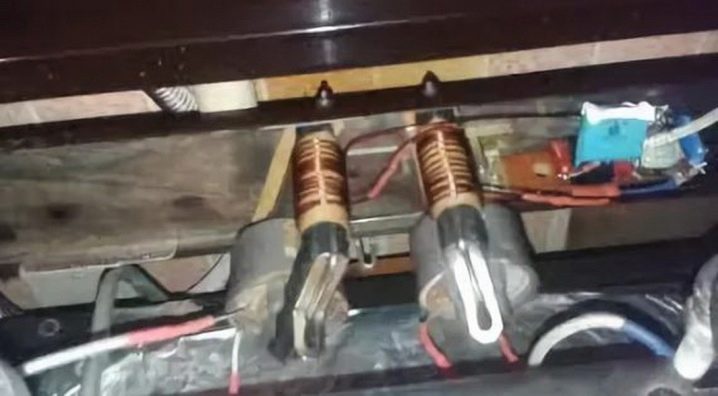
Important! Self-repair of the auto-ignition of a gas stove is possible if you are fully confident in your abilities and know the reasons why the electric ignition can fail.
If the stove is still under warranty, it is not worth touching it at all, the specialists of the service center will take care of this for free. If the malfunction lies somewhere inside, it is worth contacting a specialist who will quickly fix it without the risk of spoiling the device or harming your health.

For information on how to fix malfunctions in the electric ignition of a gas stove, see the following video.













Thanks for the helpful information, especially the video.
The comment was sent successfully.